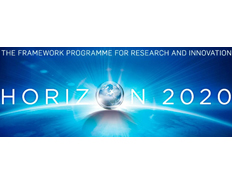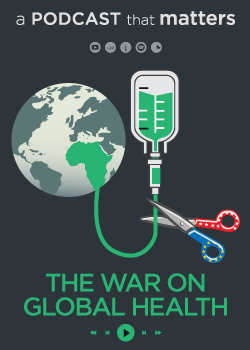Print

Site-Specific Heteroatoms Doped Graphdiyne as Metal-Free Electrocatalysts for Nitrogen Reduction: GDYNRR
Details
Locations:Switzerland
Start Date:Aug 1, 2021
End Date:Jul 31, 2023
Contract value: EUR 191,149
Sectors: Science & Innovation
Description
Programme(s):
- H2020-EU.1.3. - EXCELLENT SCIENCE - Marie Skłodowska-Curie Actions
- H2020-EU.1.3.2. - Nurturing excellence by means of cross-border and cross-sector mobility
Topic(s): MSCA-IF-2020 - Individual Fellowships
Call for proposal: H2020-MSCA-IF-2020
Funding Scheme: MSCA-IF-EF-ST - Standard EF
Grant agreement ID: 101030637
Project description
High-performance catalysts for nitrogen reduction reactions
The electrocatalytic nitrogen reduction reaction is a sustainable alternative for ammonia production. However, its wide use is hindered by the low efficiencies of metal-based electrocatalysts. N and BC3 (a graphite-like compound) structures have proved to be the most active sites for ammonia synthesis, but there are currently no efficient methods to achieve site-specific doping. Funded by the Marie Skłodowska-Curie Actions programme, the GDYNRR project plans to selectively dope N and BC3 atoms into graphdiyne (GDY), a lamellar carbon allotrope, to obtain highly selective catalysts for the electrocatalytic nitrogen reduction reaction. Major focus will be placed on studying how N and BC3 structures affect the GDY properties.
Objective
Eletrocatalytic nitrogen reduction reaction (NRR) has rencetly emerged as a sustainable alternative for ammonia production. However, the metal-based electrocatalysts for NRR suffer from low efficienciess due to the competing hydrogen evolution reaction. Heteroatoms doped carbon based metal-free catalysts feature weak integration with hydrogen, making them potential candidates for NRR. The NRR activity depends closely on the the form of doped atoms. The pyridinic N atoms and BC3 structure are demonstrated as the most active sites for ammonia synthesis. However, for widely researched carbon materials, it is difficult to selectively dope a sufficient amount of site-specific pyridinic N or BC3 atoms.
As a lamellar carbon allotrope, graphdiyne (GDY), constituted by sp- and sp2- carbon atoms, is a great breakthrough. The high energy of sp-hybridization of acetylenic linkages enables the arbitrary angle rotation of π/π* perpendicular to the axis, endowing it a possibility to point towards N2. Another important feature of GDY is that it can be synthesized in solution via bottom-up method. A controllable heteroatoms doping method using a monomer design strategy, provides an ideal solution to achieve the site-specific doping. However, the attempt to design site-specific pyridinic N or BC3 atoms doped GDYs for electrocatalytic NRR has never been reported.
The objective of this project is to selectively dope the site-specific pyridinic N and BC3 atoms into GDY to achieve the high performance and selectivity towards NRR. The influence of the pyridinic N and BC3 structure on the properties of GDY will be studied. Afterwards, the prepared site-specific heteroatoms doped GDYs will be used as electrocatalysts for NRR. Owing to the exact doping structure, the catalytic mechanisms for NRR will be recognized. At last, the optimal heteroatoms doped GDY electrode will be integrated in a functional N2 reduction device to demonstrate the overall N2 reduction in practical conditions.

